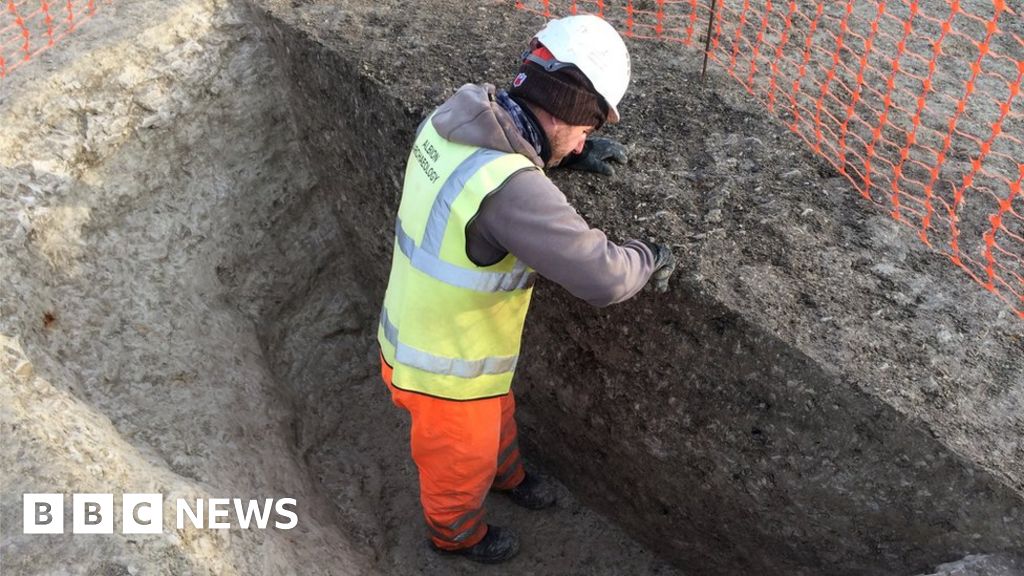
Joshua Pollard
| Use attributes for filter ! | |
| Gender | Male |
|---|---|
| Citations | 3,762 |
| H index | 31 |
| Notable student | Susan Greaney |
| Education | Cardiff University |
| Affiliations | University Of Southampton |
| Interests | Archaeology |
| Prehistory | |
| Neolithic | |
| Date of Reg. | |
| Date of Upd. | |
| ID | 1563132 |
Joshua Pollard Life story
C. Joshua Pollard FSA is a British archaeologist who is a Professor of Archaeology at the University of Southampton.
Nationally significant Mesolithic pits found on Houghton Regis building site
Archaeologists have discovered up to 25 Mesolithic pits on what has been described as a " nationally important prehistoric site".
The pits, found in Houghton Regis , Bedfordshire, are up to 5m (16ft) wide and 1. 85m (6ft) deep.
Animal bones found at the bottom of the pits have used to identify them as about 8,000 years old.
Prof Joshua Pollard , an expert of British prehistory, described The Discovery as " very exciting".
The finds were made on Linmere housing developments in the Bedfordshire market town.
Prof Pollard, from Southampton University, said: " While we know of other large and enigmatic pits dug by hunter-gatherers from elsewhere in Britain, including at Stonehenge.
" The Linmere pits are striking because of their number and the wide area they cover. "
The Site , which is home to the new Linmere Housing Estate , was first excavated by Albion Archelogy in 2019. The Museum of London Archelogy (MOLA) returned for further excavation in 2021.
MOLA said it was possible " there may be other pits still to be found outside these excavation areas".
The Mesolithic period started 12,000 years ago. It came to an end 6,000 years later when farming arrived in Britain and the Neolithic period began.
MOLA said The Discovery was " incredibly significant" as there are very few Mesolithic sites in the UK.
" There are very few Mesolithic sites in the UK that are this substantial, " said a spokesperson. " Evidence from this period is often slim, only consisting of flint tools and occasional butchered animal remains.
" This makes it difficult to Build Up a picture of what life in Mesolithic Britain was like. "
Experts said digging such large pits would have been a difficult task for the nomadic people of The Time .
There are theories as to what the pits would have been used for.
Some theorised they could have been used in hunting or for food storage, although this is thought to have been unlikely due to their shape and size.
It is also speculated they could have a spiritual significance, which is why they were dug in specific alignments and close to water.
Archaeologists are hoping to uncover the purpose of The Site by studying samples of The Environment and animal bones in labs.
Related TopicsSource of news: bbc.com






